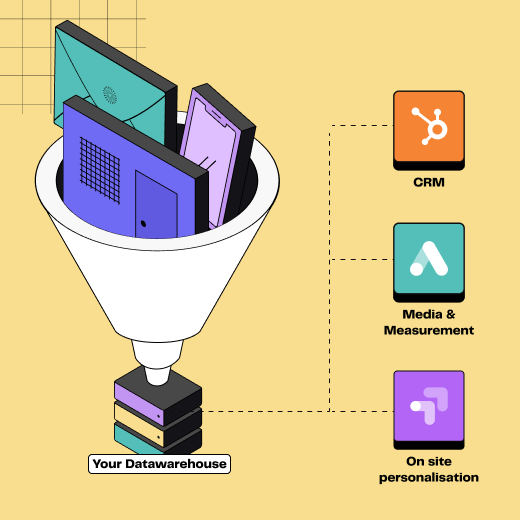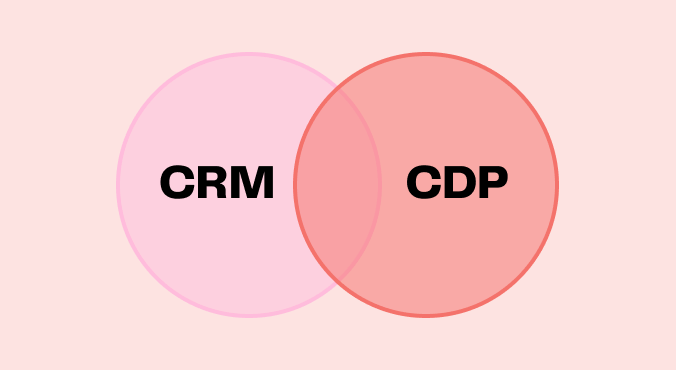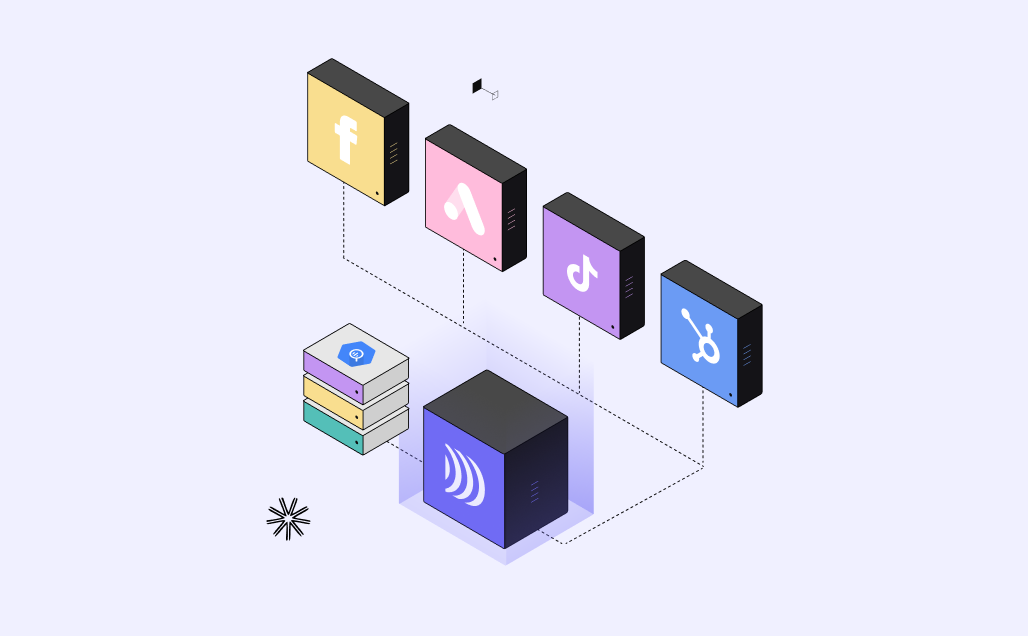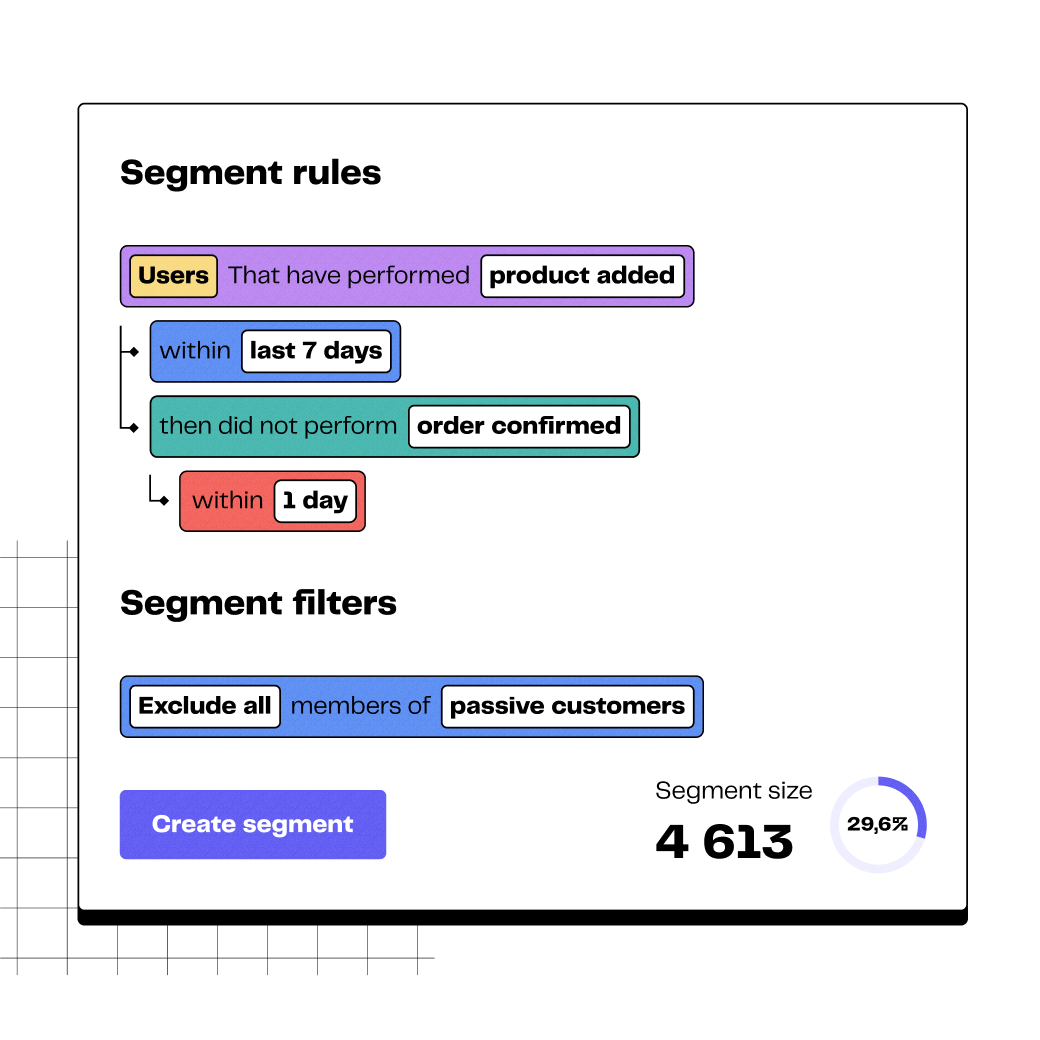
Marketing Segmentation: Definition, Method, Examples
7min • Dec 28, 2023

Alexandra Augusti
Strategy & Operations Manager
Customer segmentation is a crucial step for any business, offering the opportunity to both understand its market and effectively address its target audience. It facilitates the precise targeting of marketing campaigns, offers, and content, which is a key practice in marketing performance. Just saying that emphasizes the undeniable importance of customer segmentation.
Modern marketing tools have made the construction step relatively simple, especially with features like "Segment Builder" based on drag-and-drop functionality. However, mastering segmentation is no small feat. Creating a poor customer segmentation is easy if not approached methodically.
To segment effectively, you must first take a step back and define your objectives, especially in choosing the right segmentation criteria. Regular performance tracking and updates are crucial to focus marketing efforts on high-value segments.
In this article, we help you grasp customer segmentation and provide classic examples to guide you.
What is Customer Segmentation?
Customer segmentation involves dividing a population of individuals into homogeneous subsets based on established criteria and common characteristics.
Segmentation has several advantages and contributes to overall marketing performance improvements:
Better Market Understanding: Segmentation enables a better understanding of customers. Analyzing buying behaviors, characteristics of top buyers, most viewed products, etc., helps understand customers and anticipate their needs. It also reveals underlying trends.
Personalization of Customer Experience: Marketing campaigns, web page content, and channels can be easily personalized for a specific segment to enhance performance. Customer segmentation ensures delivering the right message to the right person on the right channel.
Enhancement of Customer Satisfaction: Customer segmentation provides the opportunity to offer more pleasant and personalized experiences to existing customers. The goal is to create maximum engagement with your brand to minimize churn risk, which may involve analyzing their consumption (e.g., My Deezer Year), personalized loyalty offers, etc.
Churn Rate Limitation: Increased customer satisfaction logically limits the churn rate. Sending personalized offers to retain "at-risk" consumers is a common and effective practice.
Reduction of Marketing Campaign Costs: Improved marketing campaigns result in cost reduction. Customer segmentation targets the right people and excludes low-potential groups, allowing you to concentrate campaigns on influenceable and persuadable individuals.
Identification of New Growth Opportunities: Regularly segmenting customer groups challenges preconceived ideas, leading to the discovery of new marketing opportunities, offers, or services. Some segments might be underutilized but large enough to be activated!
Performance Measurement Improvement: Performance measurement can be done segment by segment, identifying the most relevant and those that should be abandoned. The goal is to iterate frequently to continuously improve results.

Many rules can be imagined to create segments
What Makes a Good Segmentation?
While countless segmentation possibilities exist, not all segments are necessarily usable in business tools. To activate segments and use them as audiences on platforms, several criteria must be met:
Sufficient Size: Targeting small segments is generally not cost-effective, as they would require significant customization. Advertising platforms also often recommend audiences larger than 1000 individuals for the same country of origin.
Measurable Characteristics: It's crucial to maintain control over data and have a general understanding of the segment's composition. Segment evolutions should be measurable over time.
Usable Segment: It's important to build a relevant segment according to the set goal and the platform used. For example, targeting individuals over 50 years old on TikTok may not be relevant. Challenging segments also prompts a reassessment of current practices – are the right platforms used? Is the offer suitable for this particular segment?
Stable Definition Criteria: To maximize campaign results, the population included in a segment should not change drastically from one day to another. It must remain stable over an extended period.
Differentiating Definition Criteria: The very purpose of segmentation is to address different targets differently. Therefore, it's essential to ensure that individuals within a segment are similar but clearly distinct from individuals in another segment.
Examples of Segmentation Methods
Customer segmentation is traditionally divided into four categories:
Sociodemographic Segmentation: This groups individuals of the same age, gender, socio-professional category, or "life stage." While not always available, this information enriches the customer base. A good practice for enhancing marketing campaigns is to add targeting conditions to segments. For example, you can target women in general, but a man searching for a gift by typing "Gift for a woman" will also be retargeted.
Geographic Segmentation: This groups customers based on their location – home, workplace, second residence, etc.
Psychographic Segmentation: This groups individuals based on their interests and passions. Campaign performance depends on your understanding of customers, and platforms like Google, with their research data, visited sites, or YouTube-watched videos, can know their users well.
Behavioral Segmentation: This groups customers based on their purchasing behavior (location, frequency, returns, etc.). This segmentation helps understand consumer motivations and develop more targeted marketing strategies.
From these broad categories, several customer scoring and segmentation templates have emerged and are widely used across industries.
RFM Segmentation: This segmentation aims to categorize individuals based on recency, frequency, and average basket amount of their purchases. It helps businesses identify customer value and implement more effective acquisition (lookalike), loyalty, and retention (personalization of content and offers) strategies. Attributes such as the recency of the last purchase, purchase frequency, total amount spent, average purchase value, and customer lifetime need to be collected or measured for this segmentation.

Example of RFM segmentation
Customer Lifetime Value (LTV) Segmentation: The value of a customer is determined by their cumulative spending over their lifetime. An LTV scale can be used to determine the offers to propose and rewards to offer in loyalty programs, etc. Understanding how a high-value segment interacts with your brand is relevant for guiding acquisition strategies.
Pareto's Principle (PMG) Segmentation: This segmentation is based on Pareto's principle, which suggests that 80% of revenue comes from 20% of customers. It categorizes customers into small, medium, and large categories. Marketing communications, and especially dedicated support, should differ based on the customer segment. The larger the customer, the more personalization is essential.
Life Cycle Segmentation: This segmentation allows classification and addressing of different groups of individuals based on their stage in the customer journey: prospects, new customers, loyal customers, customers to be regained (having bought a lot but not recently), lost customers.
Step-by-Step Guide for Segmentation
Customer segmentation should be systematic. Follow these 5 major steps to better understand your visitors and meet their needs.
1. Define the Segmentation Objective
Before starting to segment your customer base, you must ask yourself why this segment will be used. The right segmentation depends on the objective: increasing lead engagement, reducing acquisition costs, customer loyalty, churn prevention, etc.
At this stage, it is pertinent to adopt unconstrained thinking and define all the criteria you would like to have for your segmentation. It is also an opportunity to request collecting this information to your data teams.
2. Collect the Right Data and Centralize It
Once the necessary data is identified, it is crucial to collect it correctly. This involves gathering real-time data (browsing paths, in-store purchases, etc.) and feeding the base with cold data (1st-party data and/or data available in third-party tools).
At DinMo, we recommend consolidating all this data into a single source of truth, often embodied by the data warehouse.
3. Create the Segment
Once you have the data at your disposal, you can create your segments. To do this, you must first choose a method that meets your needs, whether "rule-based" (based on specific criteria) or predictive (calculations of the future value of your customers, for example).
After choosing criteria to define your segments, you can add targeting conditions (like the example of "Gift for Women" to push to a previously mentioned man).
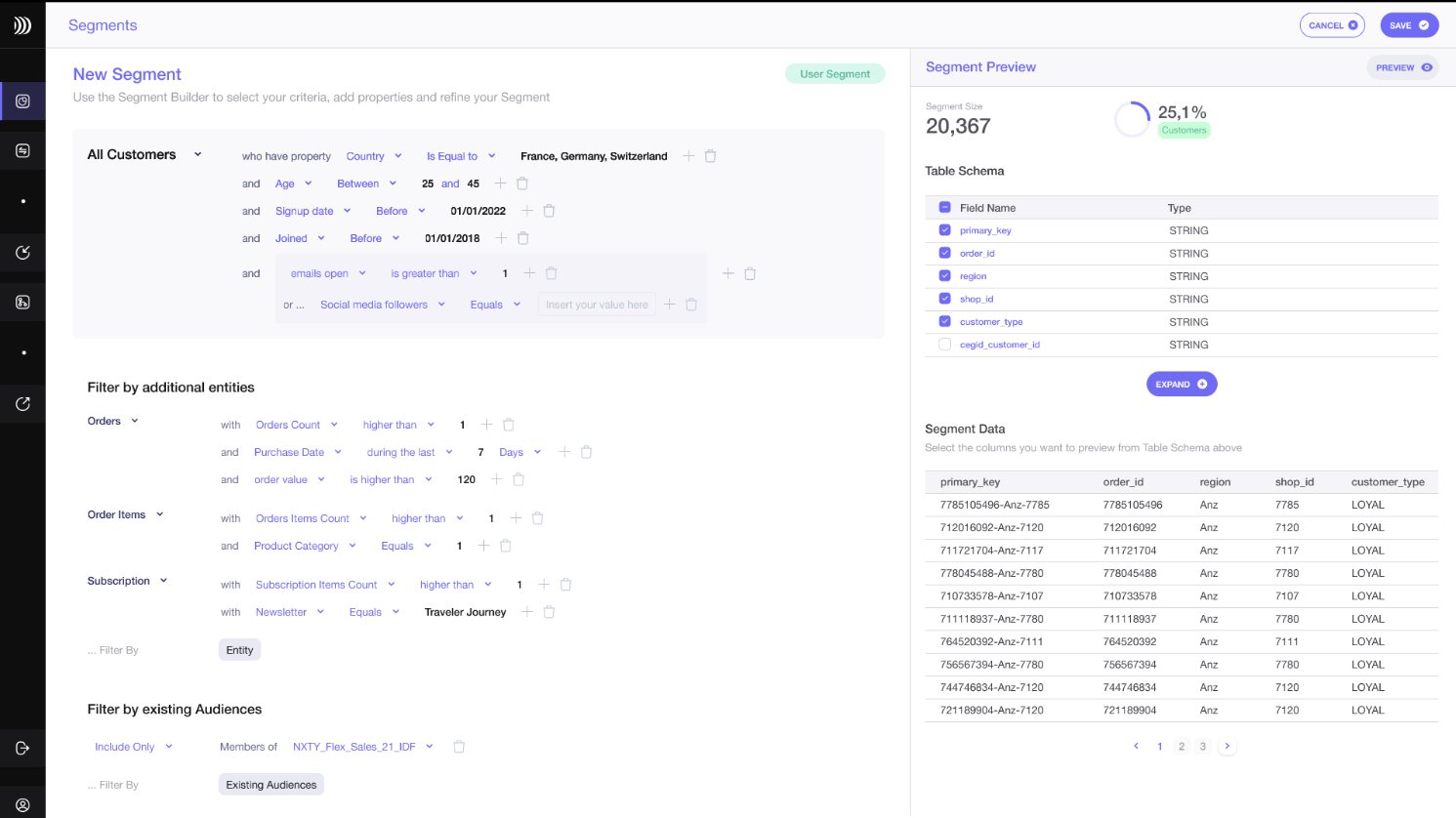
All marketing segmentation can be achieved thanks to our Audience Builder
4. Create Experiences for Each Segment
Once your segments are created, all that remains is to adapt your messages and channels based on the preferences of each segment. You can implement A/B testing to validate your messages based on your audiences.
5. Measure Performance and Iterate
Segmentation is not fixed over time, as your customers' behavior and your goals evolve. It is therefore necessary to monitor the evolution of segments and adjust them based on lessons learned.
At DinMo, we make segmentation easy with our intuitive Visual Builder. All your data from your data warehouse can be exploited.
But, as we mentioned, building your segment is not necessarily the most challenging part. That's why we have dedicated Solution Engineers who help you think about your use cases and define the right segmentation method. To discuss it, feel free to contact us.













